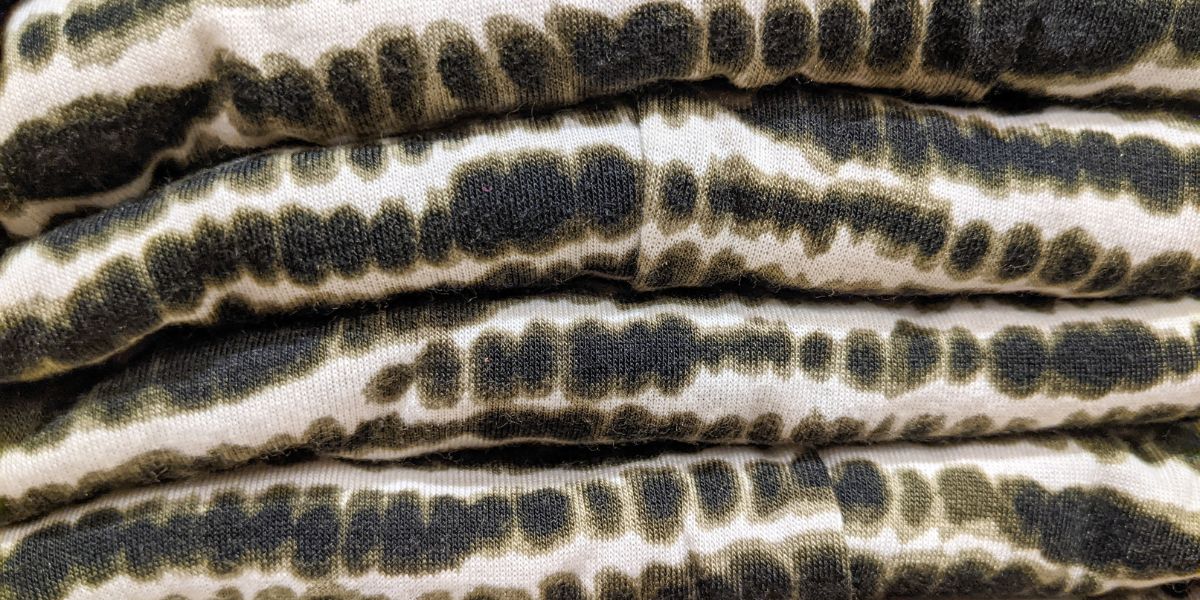
You're ready to elevate your interior design game by mastering the art of mixing patterns and textures like a pro. Imagine effortlessly blending different fabrics and prints to create a space that exudes sophistication and charm. But how do you achieve that seamless harmony without it looking chaotic or overwhelming? Stay tuned to discover the key principles and expert tips that will guide you towards becoming a pattern and texture maestro in your own home.
Understanding Color Theory
To master the art of mixing patterns and textures like a pro, grasp the fundamentals of color theory. Understanding how colors work together is the key to creating visually appealing combinations. Start by learning about the color wheel, which shows the relationships between primary, secondary, and tertiary colors. Complementary colors, those opposite each other on the wheel, can add a vibrant contrast to your patterns. Analogous colors, found beside each other, create a harmonious blend.
Consider the mood you want to convey with your patterns and textures. Warm colors like reds, oranges, and yellows can create a cozy and inviting atmosphere, while cool colors like blues and greens evoke calmness. Neutrals such as whites, grays, and browns can act as a versatile base for bolder patterns. Experiment with different combinations to see what works best for the look you're aiming to achieve. Remember, color theory is your foundation for successful pattern and texture mixing.
Balancing Scale and Proportion
Achieving a harmonious look when mixing patterns and textures like a pro involves skillfully balancing scale and proportion. To ensure a visually appealing outcome, consider the size of the patterns you're combining. A general rule of thumb is to mix large-scale patterns with small-scale ones to create a balanced and cohesive look. For example, pair a bold, oversized floral print with a subtle, small geometric pattern for a dynamic yet harmonious ensemble.
Proportion plays a crucial role in achieving a well-balanced design. When mixing patterns, consider the proportion of each pattern in relation to the overall space or outfit. If you have a large area to cover, opt for larger patterns to prevent them from getting lost in the space. On the other hand, in smaller areas or pieces of clothing, selecting smaller patterns can help maintain a sense of scale and proportion.
Mixing Different Patterns
When mixing different patterns, remember to vary the scale and type for a visually interesting and cohesive look. Start by selecting one dominant pattern, such as a bold stripe or large floral, as the focal point. Then, introduce a smaller, complementary pattern to add depth and interest without overwhelming the eye. Mixing patterns like plaids with florals or geometric designs with organic motifs can create a dynamic visual appeal.
To ensure a harmonious blend, consider the color scheme of each pattern. Look for a common color that runs through all the patterns to tie them together. If you're feeling bold, experiment with mixing different color families like warm tones with cool tones for a striking contrast. Remember, balance is key when mixing patterns – aim for a mix of busy and subtle designs to prevent the space from looking too chaotic.
Lastly, don't forget about the scale of the patterns. Pair large-scale patterns with smaller ones to create a sense of balance and prevent the space from feeling overwhelming. By mixing patterns thoughtfully, you can achieve a stylish and cohesive look that showcases your design prowess.
Playing With Textures
Experimenting with various textures can elevate your design scheme to a whole new level of sophistication and depth. Incorporating different textures adds visual interest and tactile appeal to your space. Consider mixing smooth textures like silk or glass with rough textures like wood or stone to create a dynamic contrast that draws the eye.
To play with textures effectively, start by selecting a dominant texture as your foundation. This could be a cozy knitted throw for a warm and inviting vibe or a sleek leather sofa for a more modern look. Then, layer in complementary textures through accent pillows, rugs, curtains, or artwork. Mixing textures in this way adds dimension and richness to your decor.
Don't be afraid to experiment with unconventional textures like faux fur, metallic finishes, or woven materials. These unexpected elements can infuse personality and creativity into your design while keeping it balanced and cohesive. Remember, textures shouldn't only be visually appealing but also functional and comfortable. By skillfully combining different textures, you can transform your space into a stylish and inviting sanctuary.
Adding Statement Pieces
To elevate your design scheme further, consider incorporating statement pieces that command attention and reflect your personal style. Statement pieces can be bold furniture items like a vibrant velvet sofa, an intricately designed rug, or a unique piece of art that serves as a focal point in the room. These items add personality and flair to your space, making it more visually interesting and dynamic.
When choosing statement pieces, opt for items that resonate with you on a personal level. Whether it's a vintage chandelier that reminds you of your travels or a modern sculpture that speaks to your artistic side, these pieces should evoke emotions and tell a story. Don't be afraid to mix different styles and eras; eclectic combinations often create the most captivating interiors.
Remember that statement pieces don't have to be extravagant or expensive. A quirky accent chair, a vibrant tapestry, or even a striking floor lamp can make a big impact in a room. By strategically placing these pieces throughout your space, you can achieve a cohesive and visually stunning design that reflects your unique taste and creativity.




